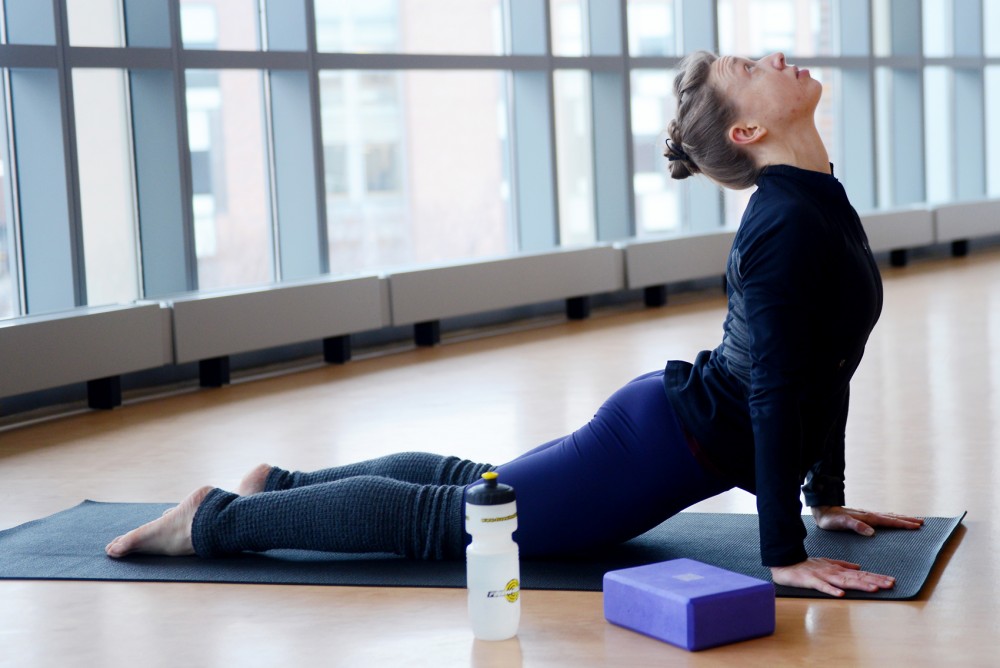Wearing yoga pants to class may soon become a requirement for some University of Minnesota students.
A Center for Spirituality and Healing program to teach students the practice of yoga will begin this spring and will qualify students for certification as yoga instructors upon completion.
Spirituality and Healing Yoga Instructor Katie Schuver will lead the program, which will consist of three four-credit courses based on discussion, lecture and practice.
Students will learn hatha yoga, a form of practice that emphasizes posture and can register with Yoga Alliance, a nonprofit yoga organization, as a teacher after finishing the 12 credits.
“The job outlook for yoga teachers is growing, just like it is for the whole fitness industry,” Minnesota Community and Technical College physical education instructor Jennifer Mason said. “My former graduates that all wanted jobs have jobs.”
MCTC is one of several colleges nationwide that are accredited with Yoga Alliance to offer teacher training programs.
Some students enter the program to learn about yoga without any intention of teaching it later in life, Mason said.
While MCTC offered yoga classes for about 10 years prior to the introduction of a teacher training program, Mason said student interest pushed the college to offer more advanced classes.
Some MCTC students double-major in yoga and other fields, she said, like child education or nursing.
“I have a graduate who wants to do something with art therapy and yoga together,” she said. “So I think when students first come in, they think they just want to be a yoga teacher, but when they see how it can be applied, their creative ideas start to flow.”
While the University’s program will teach hatha yoga, people use varying types of practice to feed their spiritual and fitness needs, Spirituality and Healing faculty member Michele Rae said.
“Mindfulness is our ability to relax and bring attention to the present moment,” she said, adding that meditation and rhythmic breathing can help yogis become more self-aware.
The practice can reduce stress and anxiety caused by stress-response chemicals in the body, she said, and instead, trigger the release of endorphins.
Plus, yoga has physical benefits, Mason said, like increasing flexibility and strength.
“You can’t separate the physical and spiritual aspect,” Schuver said. “Yoga, as a holistic practice, is science. There’s some richness and meaning that is stripped away if you compartmentalize it.”
Boynton Health Service yoga instructor Emily Autumn said most of her students practice yoga because it helps them feel calm and grounded.
“Everybody is so focused in on their phone and so obsessed with multitasking, so when they come to class, I tell them to only focus on breathing and their mind,” she said.


